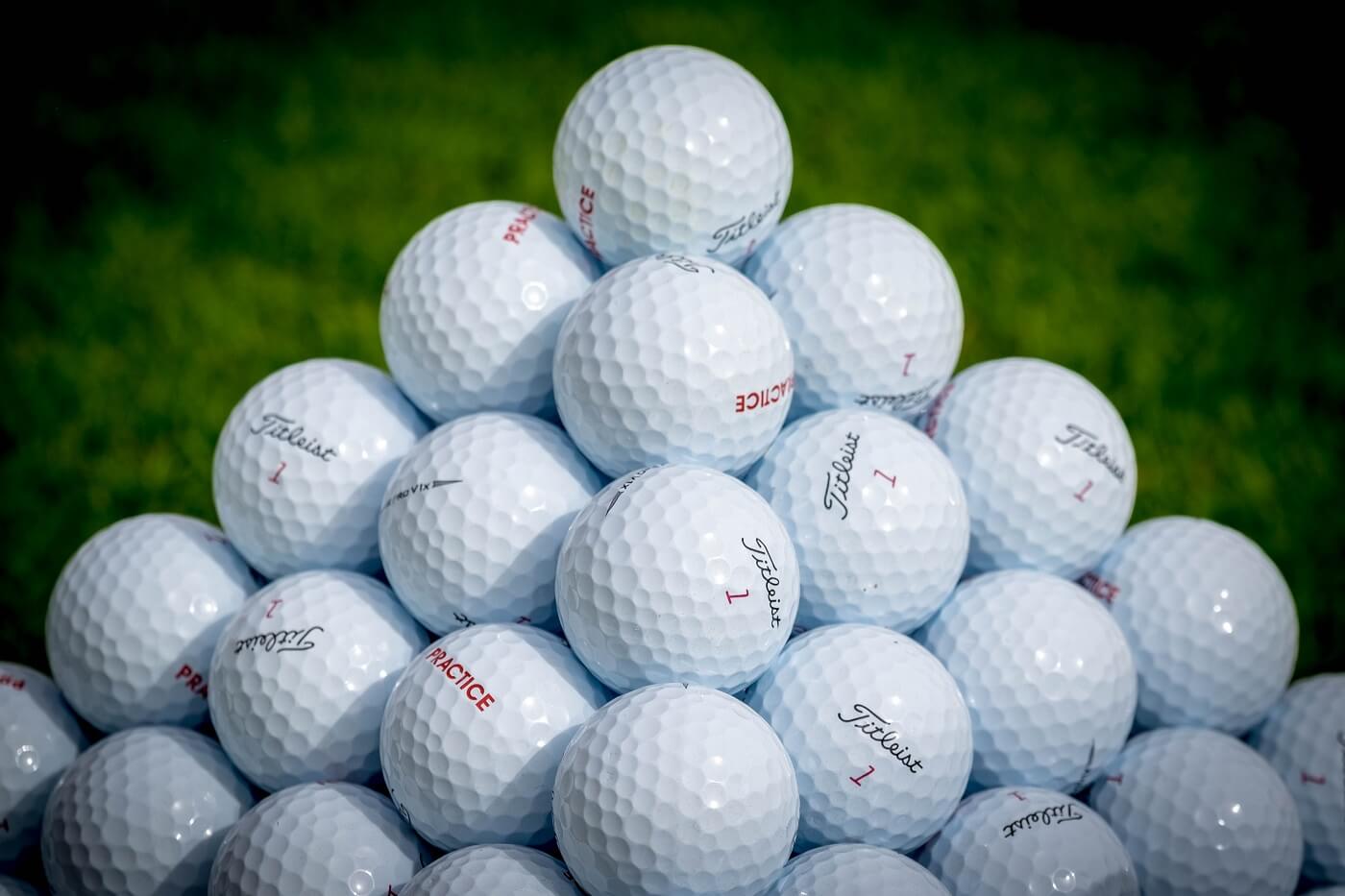


Wedge work can determine if a golf ball is right for your game.
Getty Images
Robotic testing data can offer valuable insights that otherwise might get lost in a sea of product marketing speak. Those insights become even more valuable when searching for the right golf ball amongst a myriad of deserving offerings.
As we’ve highlighted in past pieces, and on GOLF’s Fully Equipped podcast, golf ball testing generally takes time and access to a proper short game area. Not to mention several rounds to vet potential options on the course. There’s a reason why golfers tend to throw a budget-friendly ball in the bag and call it a day. Not everyone has the time, patience or practice facilities to conduct ball testing.
But let’s assume for a second that you want to conduct ball testing but don’t have any interest in going through the same thorough vetting process as, say, Tiger Woods. Maybe you’re good for the Cliff’s Notes version.
Where do you start? Head straight to the short game area and drop balls around 40 to 50 yards from the green. For most pros, this is the money distance that generally determines if a ball is worthy of further testing.
“It’s your short game that’s going to be the biggest defining factor,” said Golf Laboratories founder Gene Parente. “For most tour players, the money shot that determines whether they’re going to use a ball is the 40-yard wedge shot. They want to know how the ball flies, controls and lands. Start short and work your way back.”
Last year, GOLF and Golf Laboratories linked up to conduct golf ball testing with the help of a swing robot. Looking strictly at the numbers, the spin rate delta on a 50-yard wedge shot with the robot was noticeably larger than the driver — to the tune of 3,300 RPMs for the wedge and 600 RPMs with the driver. Those are the extremes at the top and bottom of the spin spectrum, but it highlights the importance of knowing your golf ball and prioritizing the short game during testing.
$57.99
The fastest 5-layer Tour ball is now ½-club longer*. The Speed Wrapped Core delivers low spin with the driver while maintaining exceptional greenside control. Now with 360° ClearPath Alignment, lining up at the target on the green and off the tee has never been easier.
View Product
Out of the 40 balls that went through testing, 31 had a spin rate of over 6,300 RPMs on the wedge shot, which is ample spin for a wedge shot. So even if you don’t know the ins and outs of your current ball, there’s a good chance it’s somewhere in the neighborhood of what you should be using — provided it has a urethane cover. Just don’t assume until you see the numbers for yourself.
As for golfers currently playing offerings with a firmer Surlyn cover, greenside spin is being sacrificed for more distance in most cases. Depending on needs (not to mention budget) and where your game is currently at, it might make sense to start with Surlyn and graduate to urethane when you start finding the green on a more consistent basis. That’s one way to look at it.
However you decide to proceed, just know the data confirms urethane is where you’ll find more short-game spin. At the end of the day, you get what you pay for.
Considering the number of times you have a wedge in hand for 18 holes, it makes sense to ponder the idea of springing for something with the ability to react and stop on the green.
Yes, the driver is the sexy club in the bag. But if you think a golf ball is going to help you generate groundbreaking numbers — you might want to think again. The spin rate delta from the highest to lowest spinning balls we tested with the driver was just 600 RPMs.
Of those 40 models tested, more than half had a spin rate between 2,500 and 2,800 RPMs. And launch changed less than 1 degree. It makes sense to find a ball that works for every club in the bag. Just don’t weigh driver numbers heavily during the decision-making process. Instead, find one that pairs well with your go-to wedge shots and go from there.
Want to overhaul your bag for 2024? Find a fitting location near you at True Spec Golf.